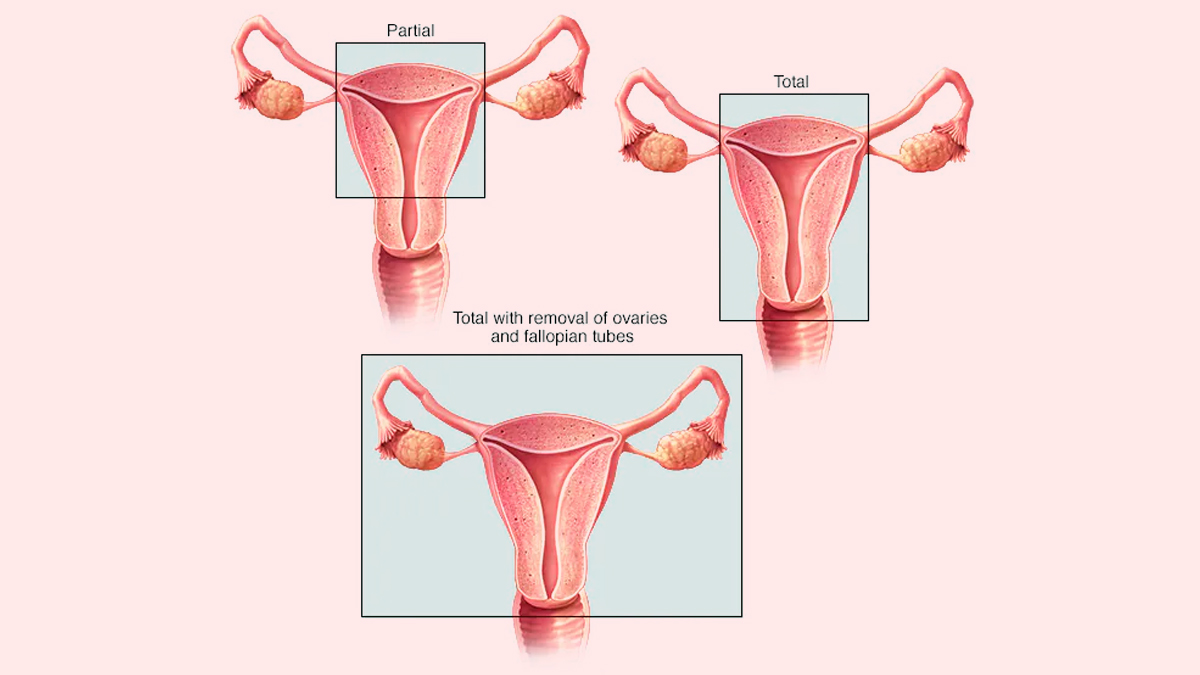
Olivia Munn, celebrated actress and advocate for health awareness, recently unveiled yet another chapter of her journey with breast cancer. In an exclusive conversation with Vogue magazine, she disclosed her courageous decision to undergo a hysterectomy alongside a double mastectomy as part of her comprehensive strategy to combat the aggressive cancer that had invaded her body.
Table of Content:-
"It was a big decision to make, but it was the best decision for me because I needed to be present for my family," Munn shared, emphasising the profound impact her loved ones had on her choice. Before the surgery, Munn grappled with overwhelming exhaustion induced by medication aimed at suppressing estrogen, a hormone deemed potentially perilous for cancer recurrence.
View this post on Instagram
Why Hysterectomy For Breast Cancer?
Dr Shishir N. Shetty, Senior Consultant-Surgical Oncology, Fortis Hiranandani Hospital Vashi, explained to Onlymyhealth the reason behind the need for a hysterectomy for breast cancer. After studying Olivia’s case, he said, “In Olivia’s case, the tumours found were positive for estrogen receptors, which means that they need a supply of estrogen to grow. Though she opted for mastectomy (removal of breasts), the cancer still has the chance to come back. Hence, in order to cut that supply of estrogen and avoid any recurrence, the actress took the route of hysterectomy, as the ovaries are responsible for the release of estrogen in the body.”
Understanding Hysterectomy: A Vital Component of Cancer Treatment
A hysterectomy, a surgical procedure involving the removal of the uterus and often the cervix, is a cornerstone in the realm of cancer treatment. This procedure, depending on its extent, may also encompass the removal of adjacent organs such as the fallopian tubes and ovaries. The uterus, a vital organ for pregnancy, houses the uterine lining shed during menstruation. Following a hysterectomy, conception becomes impossible, and menstrual cycles cease.

Varieties of Hysterectomy and Their Indications
Healthcare providers meticulously select the type of hysterectomy based on the patient's condition:
- Total Hysterectomy: Removal of the uterus and cervix, while preserving the ovaries.
- Supracervical Hysterectomy: Extraction of the upper segment of the uterus, leaving the cervix intact.
- Total Hysterectomy with Bilateral Salpingo-Oophorectomy: Elimination of the uterus, cervix, fallopian tubes, and ovaries, typically pursued to induce menopausal symptoms in premenopausal individuals.
- Radical Hysterectomy with Bilateral Salpingo-Oophorectomy: Extensive removal involving the uterus, cervix, fallopian tubes, ovaries, upper vaginal segment, and adjacent tissue, performed primarily in cases of cancer infiltration.
Rationale Behind Hysterectomy
Hysterectomies serve multifaceted purposes in healthcare, including the management of:
- Abnormal vaginal bleeding.
- Menstrual-related pain.
- Uterine fibroids.
- Pelvic discomfort.
- Uterine prolapse.
- Gynecological cancers or precancerous conditions.
Navigating the Recovery Journey
Recovery from a hysterectomy typically spans four to six weeks, contingent upon the procedure's nature and execution. Here are some common guidelines for recuperation:
- Moderate Activity: Gradually escalate physical activity, ceasing if discomfort arises.
- Vaginal Bleeding: Expect light bleeding for one to six weeks, employing minimal sanitary protection.
- Postoperative Restrictions: Avoid heavy lifting, sexual intercourse, and vaginal penetration for the specified duration.
- Hygiene Practices: Employ gentle cleansing of the incision site, adhering to prescribed directives.
- Resumption of Routine: Reintegrate work obligations, driving, and exercise gradually, aligning with individual comfort levels.
Bottomline
Olivia Munn's decision to undergo a hysterectomy amidst her battle with breast cancer underscores the pivotal role of holistic approaches in confronting formidable health challenges. Her unwavering resilience serves as an inspiration, epitomising the adage that health indeed reigns as paramount wealth in life's journey.
Also watch this video
How we keep this article up to date:
We work with experts and keep a close eye on the latest in health and wellness. Whenever there is a new research or helpful information, we update our articles with accurate and useful advice.
Current Version